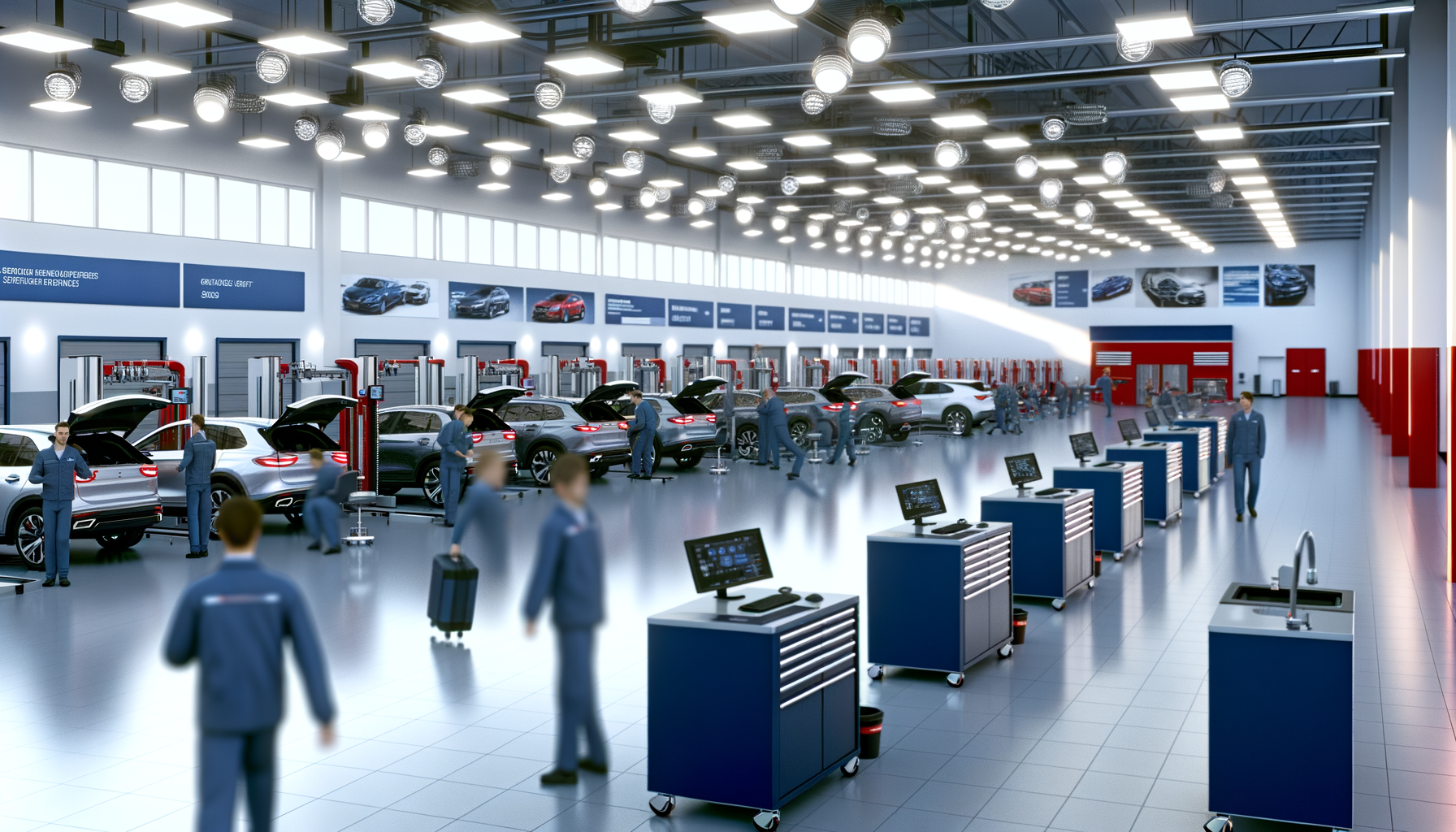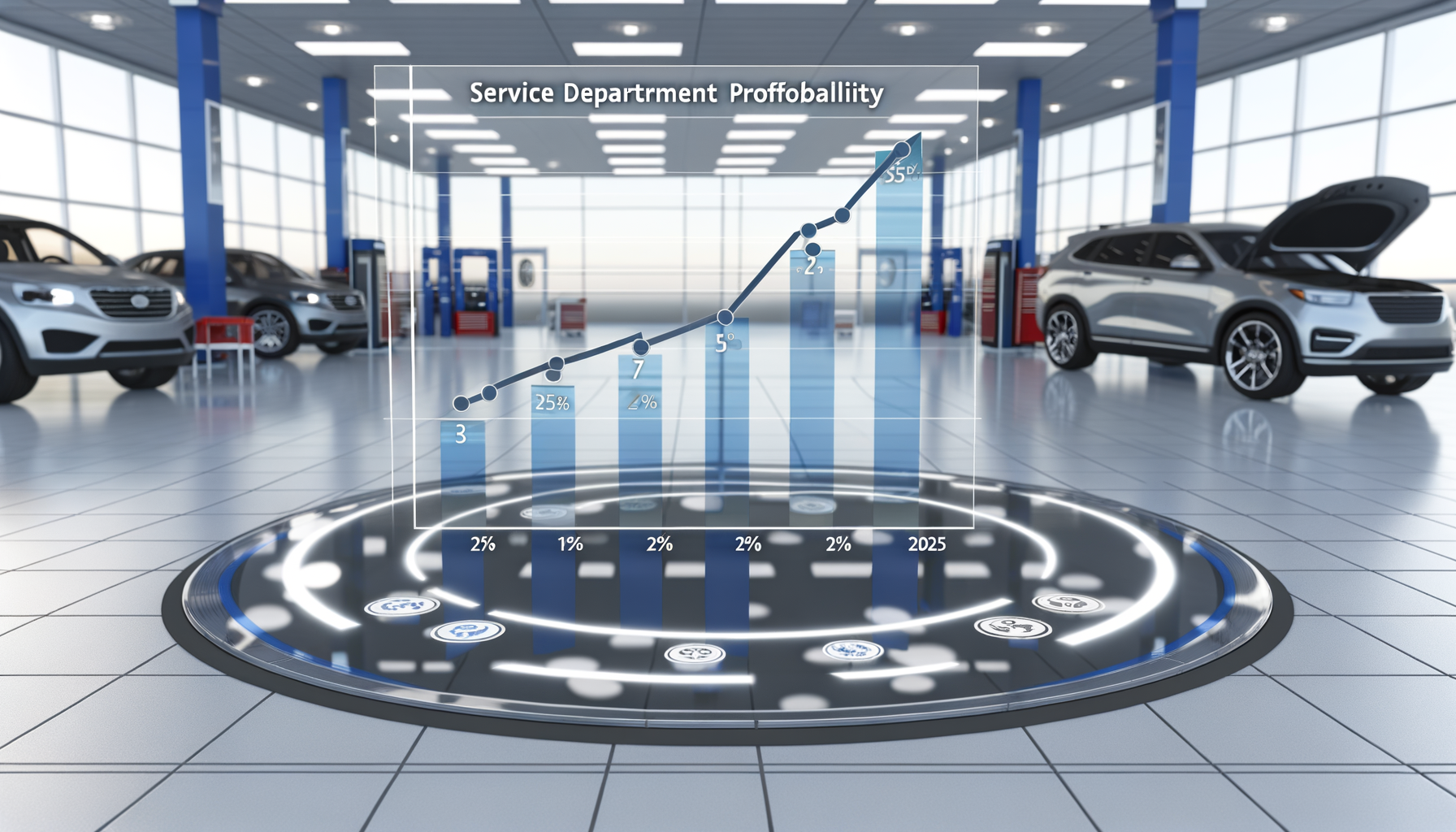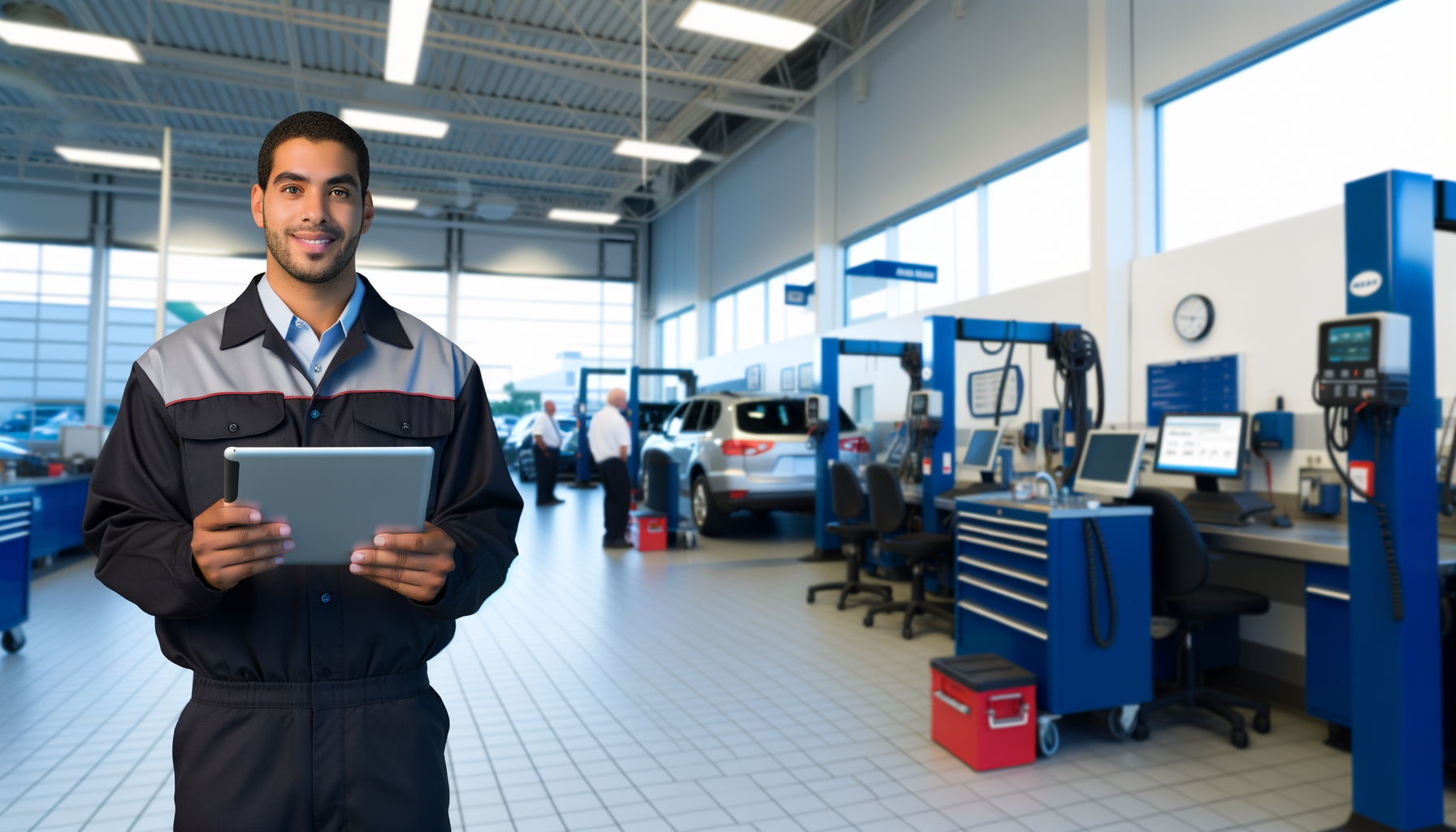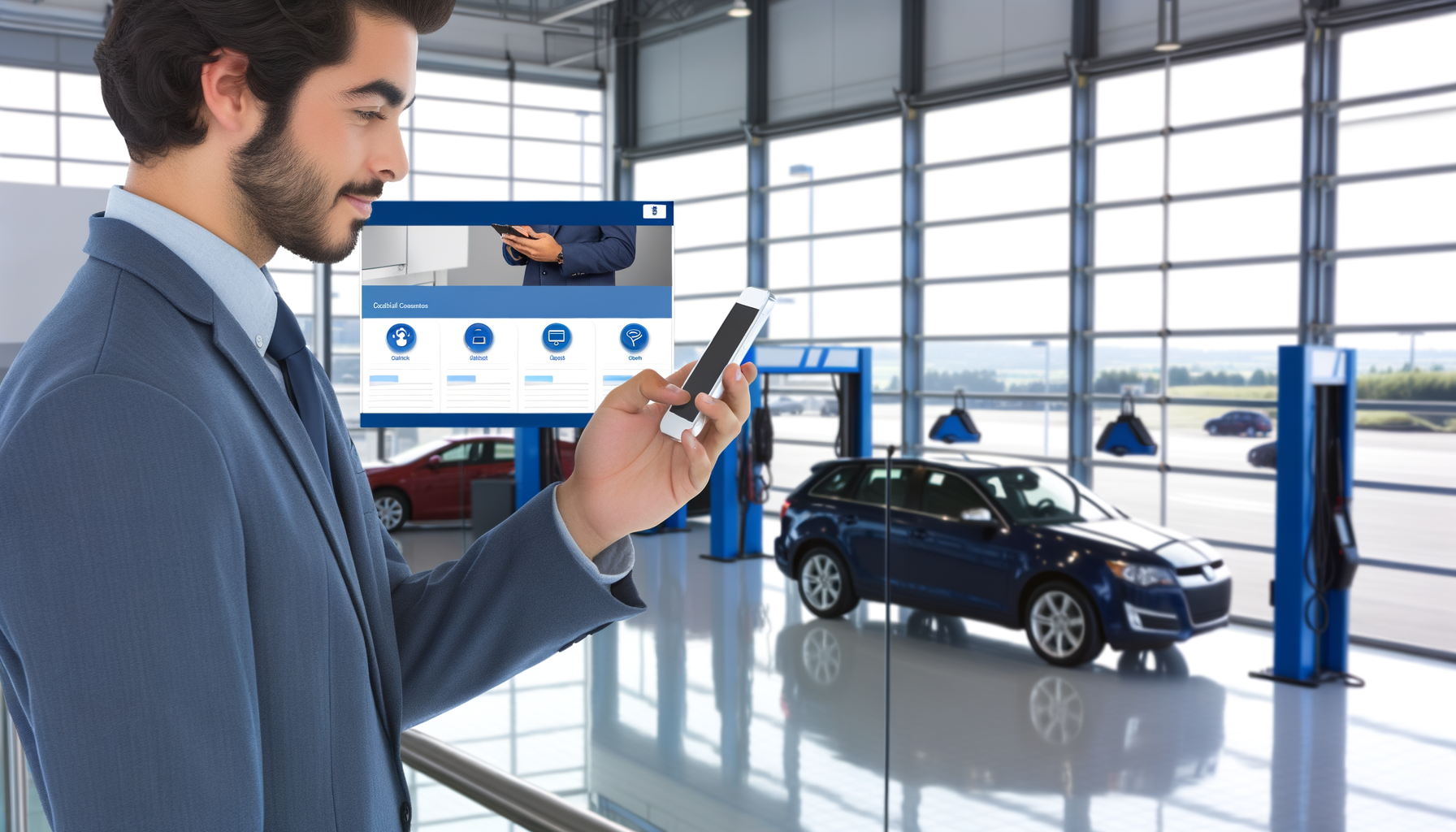Rev Up Your Service Department's Profitability: Proven Strategies for 2025

Understanding the Profitability Landscape in 2025

The automotive service industry is evolving, with a reported 15% increase in EV-related repairs and a 68% preference for digital service scheduling among customers. These trends highlight the need for service departments to adapt.
Profitability pressures are mounting as new OEM requirements for technician training and ongoing parts shortages impact operations. However, these challenges also present unique opportunities for growth.
To navigate this landscape, dealerships must leverage current trends and align their strategies with industry benchmarks, aiming for profitability metrics that exceed historical norms.
Key Strategies to Enhance Service Revenue

To boost service revenue, focus on high-margin repairs and services. Analyzing past data to identify top-performing services can guide strategic decision-making.
Encourage technicians to upsell value-added services during each customer interaction. This not only increases immediate revenue but also enhances long-term customer satisfaction.
Implement a tiered service pricing model that offers bundled services at discounted rates, appealing to cost-conscious customers while increasing sales volume.
Leverage Technology for Increased Efficiency

Advancements in technology, from AI diagnostic tools to automated scheduling systems, are transforming service department operations.
Investing in service department profitability automation tools can streamline workflows, reduce human error, and optimize technician allocation.
By integrating advanced analytics, service managers can gain insight into department performance, enabling data-driven decisions to enhance profitability.
Streamlining Operations and Reducing Costs

Efficient inventory management is crucial to minimizing costs and maximizing profitability. Adopting just-in-time inventory practices can significantly cut overhead.
Consider cross-training staff to handle multiple roles, reducing the impact of staff turnover and ensuring continuity of service even during peak times.
Evaluate and renegotiate supplier contracts annually to ensure competitive pricing and terms, fostering mutually beneficial partnerships.
Enhancing Customer Experience and Loyalty

Customer loyalty is a significant driver of profitability. Implementing personalized communication strategies can enhance the customer experience.
Utilize CRM systems to track customer preferences and tailor service offerings accordingly. Follow-up communications, like service reminders, can retain customer engagement.
Promote digital service scheduling to align with customer preferences, as 68% of customers now prefer online booking options.
Case Study: A Dealership Success Story

In 2024, ABC Motors faced declining service revenue due to increased competition and outdated processes. By embracing technology and refining their service offerings, they achieved a 20% increase in profitability within a year.
ABC Motors adopted AI-driven diagnostic tools and streamlined their scheduling, reducing wait times by 30% and enhancing customer satisfaction.
Their success highlights the impact of strategic investment in technology and customer-centric practices on service department profitability.
Measuring Success: KPIs and Analytics

KPIs are essential in tracking the success of profitability strategies. Focus on metrics such as technician efficiency, customer satisfaction scores, and average repair order value.
Regularly review these KPIs to identify trends and opportunities for improvement. This allows for proactive adjustments to maintain profitability.
Utilizing service department profitability analytics tools can provide valuable insights into operational performance, guiding strategic decision-making.
Related Topics
Ready to take your service department to the next level?
Schedule your demo today and experience the power of Auto Pro Solutions.
Schedule Demo